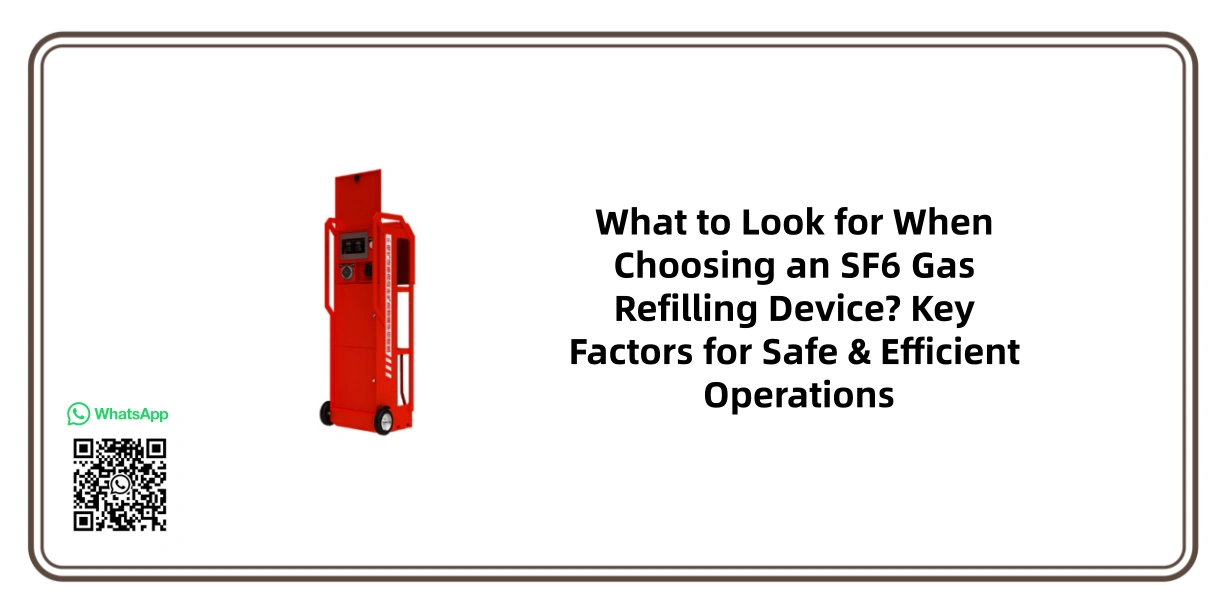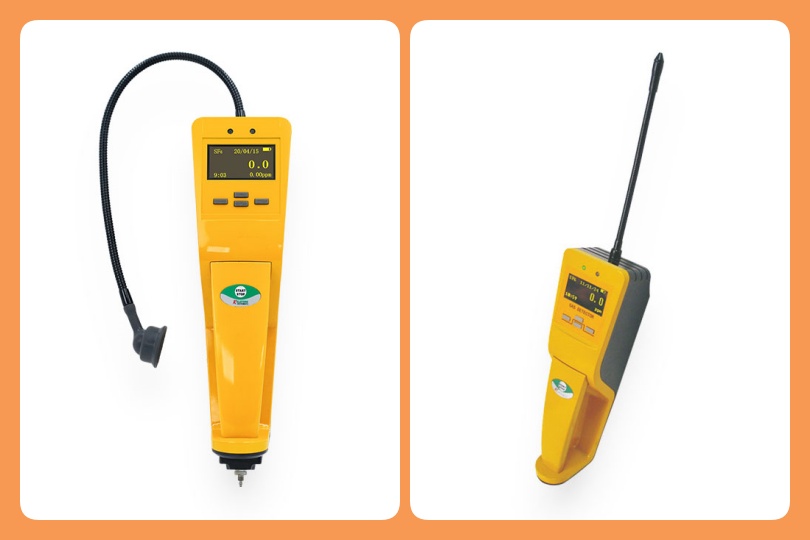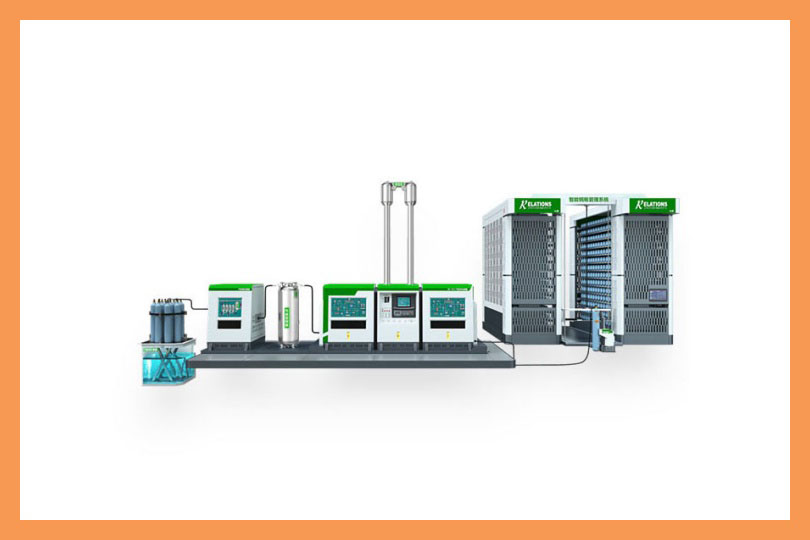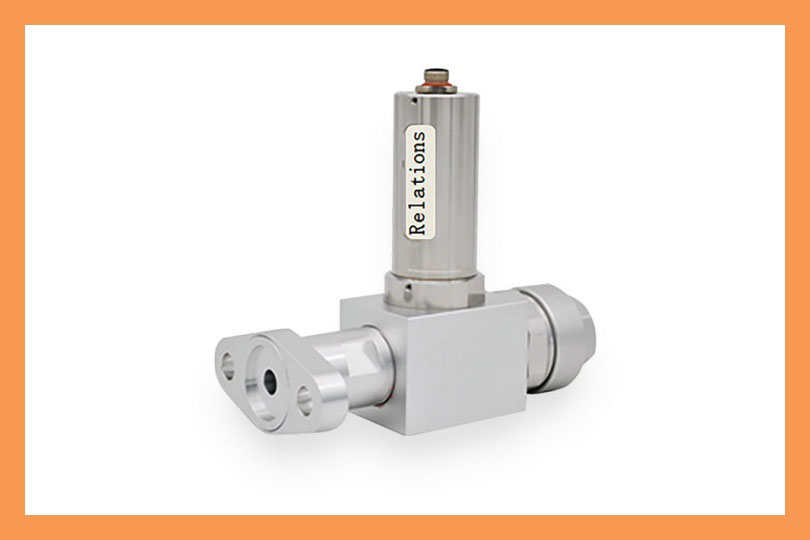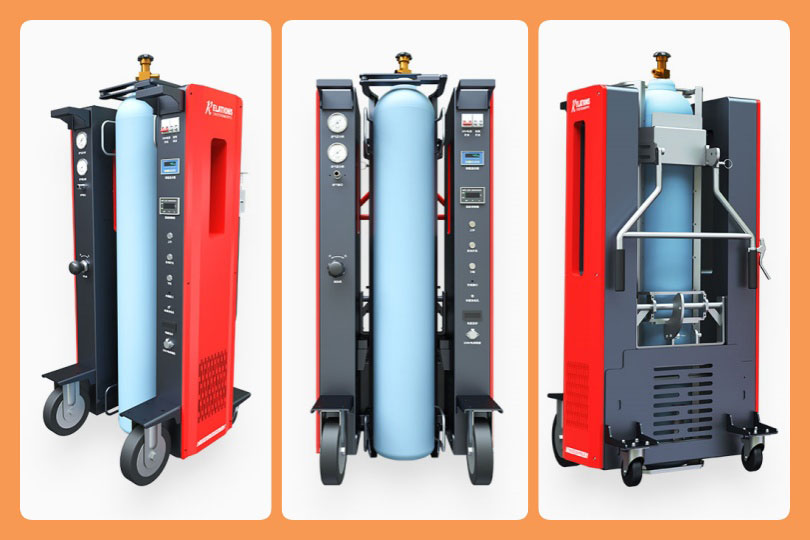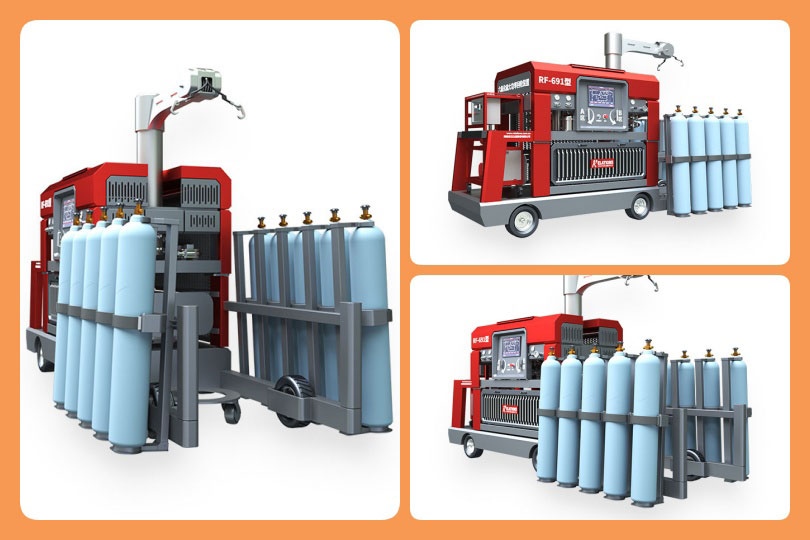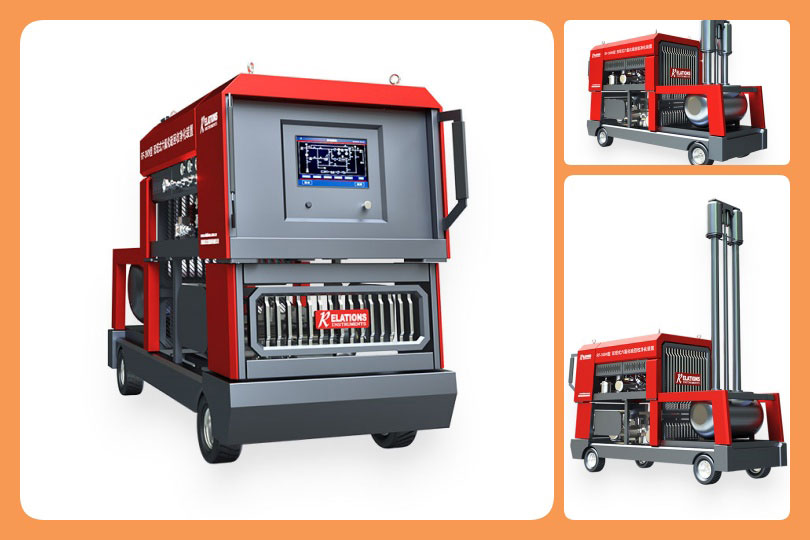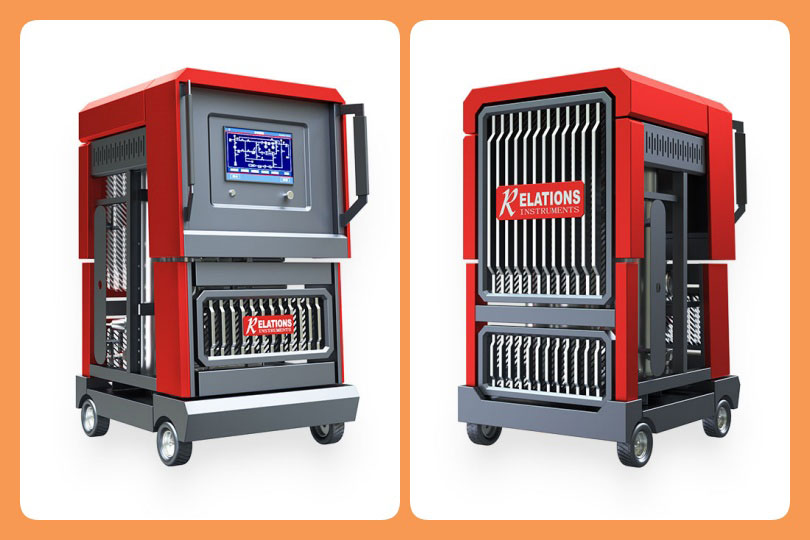Need Help: Providing Innovative and Sustainable Solutions.
Office Hours: 08:30am-6:00pm
What to Look for When Choosing an SF6 Gas Refilling Device? Key Factors for Safe & Efficient Operations
Date
2025-10-09
[email protected]
Website
www.sf6gasdetector.com
Get Solutions And Quotes
What to Look for When Choosing an SF6 Gas Refilling Device? Key Factors for Safe & Efficient Operations
SF6 (sulfur hexafluoride) gas is widely used in high-voltage electrical equipment—such as GIS (gas-insulated switchgear), transformers, and circuit breakers—for its excellent insulation and arc-quenching properties. However, over time, SF6 gas can leak due to seal degradation or equipment wear, reducing device performance and posing environmental risks (SF6 is a potent greenhouse gas). This is where an SF6 gas refilling device becomes critical: it enables precise, safe refilling of SF6 gas to restore equipment functionality while minimizing waste and emissions.
1. What Is an SF6 Gas Refilling Device?
An SF6 gas refilling device is a specialized piece of equipment designed to extract, purify, store, and recharge SF6 gas in electrical apparatus. Unlike generic gas handling tools, it is engineered to address SF6’s unique characteristics—non-flammable, heavy, and environmentally sensitive. Key components typically include:
- A high-vacuum pump to remove air/moisture from the equipment (preventing gas contamination).
- Precision pressure gauges and flow meters for accurate refilling.
- Filtration systems to remove impurities (e.g., dust, oil) from recycled SF6.
- Sealed storage tanks to avoid gas leakage during handling.
Modern devices often integrate smart features, such as digital controls and leak detection sensors, to enhance safety and efficiency.
2. Why Invest in a Quality SF6 Gas Refilling Device?
For utilities, industrial facilities, and electrical maintenance teams, a reliable SF6 gas refilling device offers three core benefits:
a. Ensures Equipment Reliability
Underfilled SF6 electrical equipment is prone to overheating or arcing, which can lead to power outages or equipment failure. A refilling device delivers gas at the exact pressure and purity required by the manufacturer, ensuring optimal performance and extending equipment lifespan.
b. Reduces Environmental Impact
SF6 has a global warming potential (GWP) 23,500 times that of CO₂. A high-quality refilling device minimizes leakage during refilling and allows for SF6 recycling (instead of venting to the atmosphere). This aligns with international regulations like the EU’s F-Gas Regulation and EPA guidelines, which restrict SF6 emissions.
c. Lowers Operational Costs
By recycling SF6 instead of purchasing new gas, and avoiding costly equipment repairs from improper refilling, a refilling device reduces long-term expenses. It also cuts downtime: fast, precise refilling gets electrical systems back online quicker.
3. How to Choose the Right SF6 Gas Refilling Device
Not all SF6 gas refilling devices are created equal. When selecting one, focus on these critical factors:
a. Compatibility with Your Equipment
Ensure the device matches the gas volume and pressure requirements of your electrical apparatus (e.g., a small portable device for transformers vs. a stationary system for large GIS). Check if it supports the connection fittings used by your equipment manufacturer.
b. Vacuum and Purity Performance
Look for a device with a high-vacuum pump (capable of reaching ≤1 mbar) to eliminate moisture and air—moisture in SF6 can cause corrosion and reduce insulation. The filtration system should meet IEC standards (e.g., IEC 60480) for SF6 purity (≥99.9%).
c. Safety Features
Prioritize devices with:
- Pressure relief valves to prevent overpressurization.
- Leak detection alarms (e.g., infrared sensors) to spot leaks early.
- Ergonomic design (e.g., portable handles, lightweight materials) for safe on-site use.
d. Compliance with Standards
Choose a device certified to international standards like ISO 9001 (quality) and IEC 61634 (SF6 gas handling equipment). This ensures it meets safety and environmental requirements.
4. Safe Operation Tips for SF6 Gas Refilling Devices
Improper use of SF6 gas refilling devices can lead to gas leaks, equipment damage, or health risks (SF6 is non-toxic but can displace oxygen in confined spaces). Follow these best practices:
- Pre-Operation Checks: Inspect hoses, seals, and gauges for damage. Ensure the work area is well-ventilated and has oxygen monitors.
- Evacuate the Equipment: Use the device’s vacuum pump to remove all air and moisture from the electrical apparatus before refilling—this prevents SF6 contamination.
- Precise Refilling: Monitor pressure and flow rates in real time. Stop refilling once the manufacturer’s recommended pressure is reached (overfilling can damage seals).
- Post-Refill Leak Test: Use the device’s built-in leak detector (or a separate tool) to check for leaks. If leaks are found, repair them before putting the equipment back into service.
5. Maintenance to Extend Your Device’s Lifespan
A well-maintained SF6 gas refilling device can last 10+ years. Follow these maintenance steps:
- Clean filters monthly to prevent clogging (impurities reduce vacuum efficiency).
- Inspect hoses and seals every 3 months—replace worn parts immediately to avoid leaks.
- Calibrate pressure gauges and flow meters annually to ensure accuracy.
- Store the device in a dry, cool area (avoid extreme temperatures, which damage seals).
6. Future Trends in SF6 Gas Refilling Devices
As environmental regulations tighten and the industry shifts toward sustainability, SF6 gas refilling devices are evolving:
- Smart Integration: Devices with IoT connectivity allow remote monitoring of refilling processes, leak detection, and maintenance alerts.
- Eco-Friendly Designs: Manufacturers are developing devices with lower energy consumption and improved SF6 recycling rates (up to 99.5% purity).
- Portability: Compact, battery-powered devices are becoming more popular for on-site maintenance in remote locations.
Final Thoughts
An SF6 gas refilling device is not just a tool—it’s an investment in equipment reliability, environmental compliance, and cost savings. By choosing the right device, following safe operation practices, and maintaining it properly, you can ensure your high-voltage electrical systems run efficiently while minimizing your carbon footprint. For businesses in the power sector, this equipment is no longer optional—it’s essential for meeting modern industry standards.
Realize The Recycling Of Sf6 Gas
